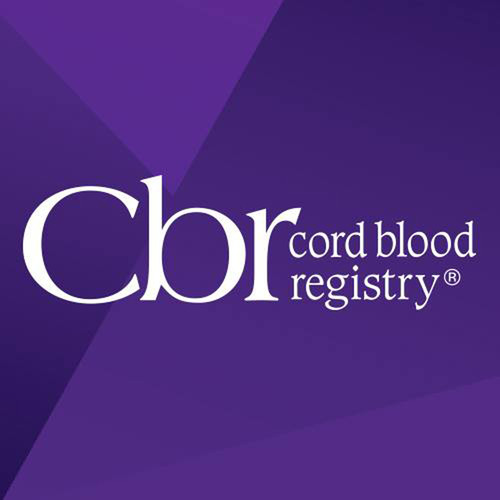
Sickle cell disease is a genetic disorder in which the body produces abnormally shaped red blood cells. The sickled or c-shaped red blood cells can block blood vessels, reducing blood flow in many parts of the body. This process results in tissue and organ damage. According to the Centers for Disease Control and Prevention, it is projected that sickle cell disease affects 90,000 to 100,000 people in the United States. While sickle cell disease affects people of many different races, African-Americans are disproportionately impacted by the disorder, with 1 in 500 newborns having sickle cell disease. The inherited blood and immune system disorder can cause devastating vascular complications that increase with age and result in poor quality of life and premature mortality.
At present, the only curative therapy for sickle cell disease is a hematopoietic stem cell transplant to completely replace the patient's blood and immune system. Hematopoietic stem cells give rise to all blood cell types – red cells, white cells and platelets - and they are responsible for maintaining blood production. Umbilical cord blood is a rich source of hematopoietic stem cells that can be used for transplantation in children with sickle cell disease.
Before a cord blood transplant can be performed, the donor's stem cells must be matched to the recipient. Siblings of the same biological parents have a 25% chance of being a perfect match and a 50% chance of being a partial match. For families with a history of disorders that are treatable by cord blood stem cells, such as sickle cell disease, having access to a sibling's cord blood could make a difference. Because the ideal matched donor is a relative, family cord blood banks serve a critical role in efforts to cure sickle cell disease.
The Mulumba family turned to Cord Blood Registry® (CBR®) to help their eldest child, Carol, who had been diagnosed with severe sickle cell disease just days after birth. In 2008, at the age of 7, Carol underwent a stem cell transplant using cells from her younger brother Mark's banked cord blood. Today, Carol is cured of sickle cell disease and recently celebrated her 13th birthday. View Carol's inspiring story to learn how cord blood from a sibling can be a source of stem cells for transplantation in children with sickle cell disease.
CBR recognizes how valuable having access to a related source of cord blood stem cells is for families affected by sickle cell disease. For families that have been identified with a qualifying medical condition currently treatable with a cord blood stem cell transplant, the Newborn Possibilities Program® provides no-cost newborn stem cell processing and five years of storage. Through this program, CBR has provided 8 families affected by sickle cell disease with access to their cord blood units for treatment.
About Cord Blood Registry
Cord Blood Registry® (CBR®) is the world's largest newborn stem cell company. Founded in 1992, CBR is entrusted by parents with storing more than 500,000 cord blood and cord tissue units. CBR is dedicated to advancing the clinical application of newborn stem cells by partnering with leading research institutions to establish FDA-regulated clinical trials, requiring CBR processed cord blood, for conditions that have no cure today. For more information, visit cordblood.com
Contact Information:
Brian Plummer
Manager, Public Relations & Corporate Communications
(650) 635-1420 | EXT. 255
BPlummer@cordblood.com
SOURCE Cord Blood Registry
DISTRIBUTED BY: SAN BRUNO, Calif., June 19, 2014 /PRNewswire-USNewswire/ --
Comments